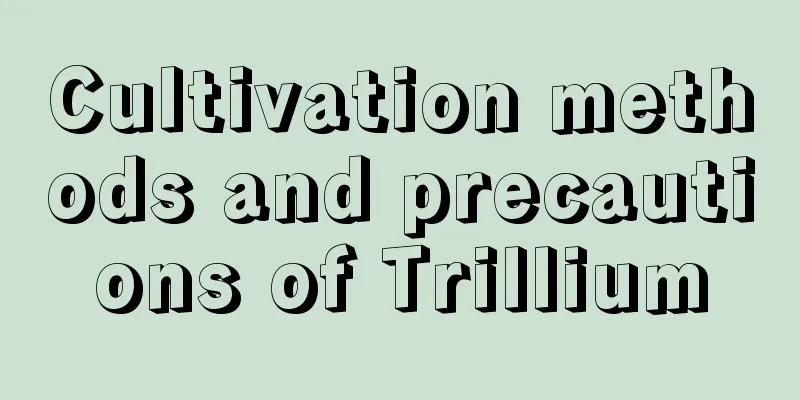Cultivation method of purple-backed Dieffenbachia

Distribution and habits of Dieffenbachia purpurogenaDieffenbachia is native to Mexico and the West Indies. It likes warm and humid climate, and is suitable for growing in an environment with a temperature of 15-25℃. It likes light and is shade-tolerant, but is afraid of the scorching sun. It requires fertile, water-retaining soil. Cultivation method of purple-backed DieffenbachiaThe potting soil for purple-backed Dieffenbachia should be a mixture of 2 parts pond mud and 1 part peat. Due to its strong adaptability and relatively extensive management, it should be given sufficient light except for shading or placing it in semi-shade from May to October. When watering, it is better to keep it wet than dry, but not too wet or waterlogged, otherwise the roots will rot over time. When the weather is dry, spray water frequently to maintain a high air humidity in the growing environment. Do not apply too much fertilizer, 1-2 times of cake fertilizer water is enough. In winter, it should be placed in a humid place indoors, maintained at around 6-10℃, and the soil should be slightly moist, not too wet. The propagation method of purple-backed DieffenbachiaDivisionDivision is usually carried out in spring when repotting. The method is to cut the gaps between the dense mother plants with a sharp knife. CuttingsCuttings can be carried out during the growing season. The method is to cut 7-10 cm long from the top of the stem, remove the lower leaves, and insert it into the sand. Keep it moist and it will take root in about 2 weeks. sowingSowing is usually done in pots in April, and the seeds grow rapidly after germination. When the seedlings grow to about an inch in length, they should be transplanted in time and they will grow into plump plants in the autumn of the same year. |
>>: Cultivation methods and precautions for miniature roses
Recommend
Sunflower Planting Time and Method (Ornamental Sunflowers)
1. Sunflower planting time Potted sunflowers are ...
Cultivation methods and precautions of rock peony
How to grow rock peony Pot soil selection Rock pe...
Can I take cuttings of peonies in spring?
1. Is it possible? Peonies can be propagated by c...
Homemade nutrient soil video: These three types of household waste can be used to make nutrient soil
Homemade nutrient soil video How to make your own...
Cherry seed sowing method
Cherry seed sowing time Cherries are suitable for...
How to propagate peacock wood
Growth habits of peacock wood The peacock wood is...
When is the best time to plant Ophiopogon japonicus?
Ophiopogon japonicus is mainly distributed in Gua...
Flower boxes and flower stands…not enough? Other people’s husbands do it themselves, I’m so envious and jealous!
Husband brand flower box Sometimes, the flowerpot...
What flowers bloom in spring
1. Winter Jasmine It blooms relatively early in s...
Can grapes be grown in pots?
Can grapes be planted in flower pots? Grapes can ...
Cultivation methods and precautions for carnations
Carnation is a perennial semi-woody herb, general...
Can litchi be grown in Shaanxi?
Can litchi be grown in Shaanxi? Lychees can be gr...
How is moss formed? How to grow moss in flower pots
1. What is moss Moss is a type of plant. It is th...
How to grow osmanthus fragrans
1. How to maintain 1. Choose the soil It likes lo...
If you want your flowers to spend the Spring Festival safely, you must do these 5 things
Water less I believe all flower lovers should und...









